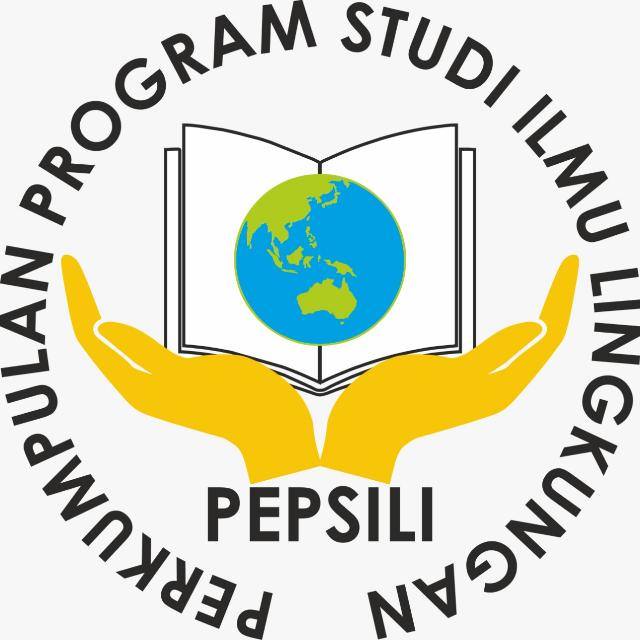Penerapan pertanian perkotaan untuk penguatan ketersediaan ruang terbuka hijau privat pada kota produksi penghasil minyak bumi di Duri Indonesia
Abstract
Keywords
Full Text:
PDFReferences
Asiani, Y. (2007). The Effect of Green Open Space Conditions on Micro Climate in Bogor City . Depok. Indonesia of University.
Blyth, A and L. Menagh. (2006). From Rooftop to Restaurant : A University Café Fed by A Rooftop Garden.The Canadian Organic Grower: 55.
Chandran, R. (2020). Grow your own: Urban farming flourishes in coronavirus lockdowns. Thomson Reuters Foundation News. April 23 https://news.trust.org/item/20200407082542-5652d/
Cofie, O., A. Bradford, and P. Drechsel. (2006). Recycling of urban organic waste for urban agriculture. Cities Farming for the Future; Urban Agriculture for Green and Productive Cities†by René van Veenhuizen (ed.), RUAF Foundation, the Netherlands, IDRC, Canada and IIRR publishers, the Philippines, 2006.
Dongyu, Q., Adhanom Ghebreyesus, T. and Azevedo, R. (2020). Mitigating impacts of COVID-19 on food trade and markets.http://www.fao.org/news/story/en/item/1268719/icode/. 19.4.20.
Dzulfaroh, A. N. (2019). Global Hunger Index Research: Indonesia in serious category. https://www.kompas.com/tren/read/2019/12/03/163603665/riset-indeks-kelaparan-global-indonesia-dalam-kategori-serius?page=all.
Loker., A, and Francis, C. (2020). Urban food sovereignty: urgent need for agroecology and systems thinking in a post- COVID-19 future. Agroecology and Sustainable Food Systems.
Estoque, R. C., Murayama, Y. and Myint, S. W. (2017). Effects of Landscape Composition and Pattern on Land Surface Temperature: An Urban Heat Island Study in The Megacities of Southeast Asia. Science of the Total Environment, 577 : 349–359.
Koscica, M. (2014). The Role of Urban Agriculture in Addressing Food Insecurity in Developing Cities. Journal of International Affairs. 67 (2) : 177-186.
Lal, R. (2020). Home gardening and urban agriculture for advancing food and nutritional security in the respone to the Covid-19 pandemic, Food Security. : 872-876.
Pinderhughes, R. (2004). Alternative urban futures : Planning for sustainable development in cities throughout the world. Lanham, Boulder, New York, Toronto. New York (NY) : Oxford, Rowman & Littleield Publishers.
Rawung, F. C. (2015). Effectiveness of Green Open Space in Reducing Greenhouse Gas Emissions in Boroko Urban Areas. Media Matrasains, 12(2) : 17–32.
Setiawan, B. and Rahmi, D, H. (2004). Food Security, Employment, and Urban Sustainability : Study of Urban Agriculture in Six Cities in Indonesia. 2004. Research News Gadjah Mada of University (special edition) : 34-42.
Smith, J., J. Nasr., Ratta, A., (2001). Urban Agriculture, Food, Jobs, and Sustainable Cities. United Nations Development Programme.
Specht, K., Siebert, R., Hartmann, I., Freisinnger, U, B., Sawicka, M., Werner, A., Thomaier, S., Henckel, D., Walk, H. and Dierich, A. (2014). Urban agriculture of the future: an overview of sustainability aspects of food production in and on buildings. Agriculture Human Values. 31: 33–51.
Undang-Undang Nomor: 26 Tahun 2007 Tentang Penataan Ruang.
Wolfe, J, M. and Mc Cans, S. (2009). Designing For Urban Agriculture in An African City: Kampala, Uganda. Open House International. 34(2) : 25-35.
Zezza, A. and Tassciotti, L. (2010). Urban agriculture, poverty, and food security : empirical evidence from a sample of developing countries. Food Policy 35: 265–273.
Yu, W., Zang, S., Wu, C., Liu, W. and Na, X. 2011. Analyzing and Modeling Land Use Land Cover (LULC) in the Daqing City, China, Applied Geography, 31: 600-608.
DOI: https://doi.org/10.52364/zona.v5i2.50
Refbacks
- There are currently no refbacks.

This work is licensed under a Creative Commons Attribution-NonCommercial 4.0 International License.







